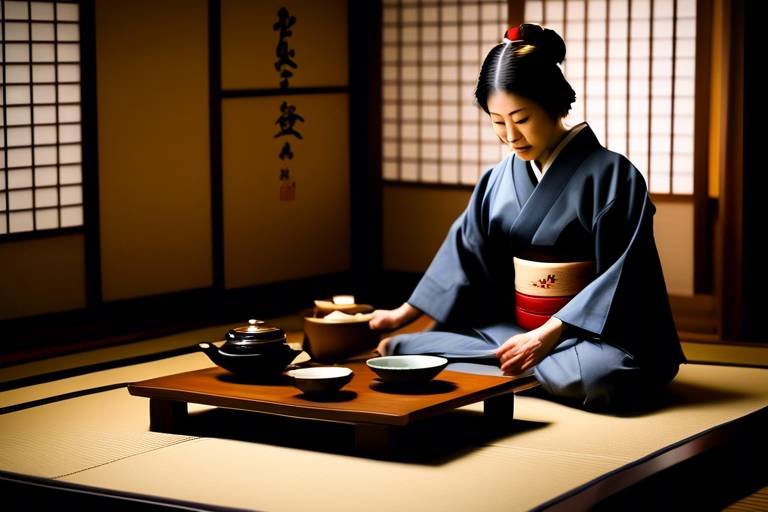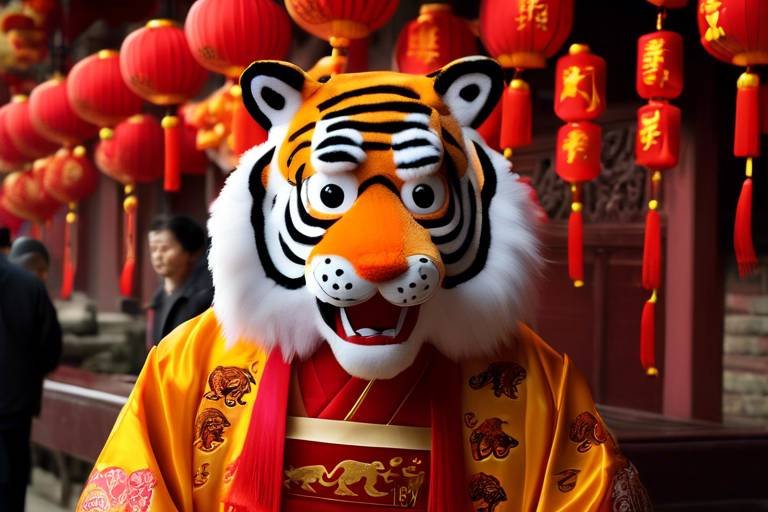Experiencing the Unique Traditions of the Japanese Tea Ceremony
Steeped in centuries of tradition and cultural significance, the Japanese tea ceremony, known as chanoyu or chado, offers a unique and immersive experience like no other. This revered practice goes beyond simply drinking tea; it embodies harmony, respect, and tranquility, creating a ritual that is both elegant and profound.
Originating in Japan, the tea ceremony has evolved over time, influenced by Zen Buddhist principles and the pursuit of simplicity and mindfulness. Each element of the ceremony, from the meticulously prepared tea to the serene setting of the tea room, plays a vital role in creating a harmonious experience for both the host and the guests.
Central to the tea ceremony is the role of the tea master, a highly trained individual who orchestrates the entire event with precision and grace. The tea master's expertise in tea preparation, along with their deep understanding of the ceremony's rituals and traditions, ensures that each gathering is a seamless and memorable affair.
Etiquette and gestures are integral components of the tea ceremony, guiding participants in the proper way to conduct themselves throughout the event. From the respectful bowing to the delicate handling of utensils, every movement is imbued with meaning and significance, reflecting the core values of harmony and respect.
Donning traditional attire adds another layer of authenticity to the tea ceremony, with participants often wearing kimono and obi to honor the ritual's cultural heritage. Each garment carries its own symbolism, contributing to the overall aesthetic and ambiance of the ceremony.
As the ceremony unfolds, the influence of Zen principles becomes apparent, emphasizing the beauty of imperfection and the appreciation of simplicity. The wabi-sabi aesthetic, which celebrates the transient and imperfect nature of life, infuses the tea ceremony with a sense of mindfulness and reverence for the present moment.
In modern times, the Japanese tea ceremony has not only endured but also thrived, adapting to contemporary lifestyles while retaining its timeless allure. Its global popularity has led to cultural exchanges and cross-cultural appreciation, further enriching the practice and spreading its message of harmony and tranquility worldwide.
Whether you are a seasoned tea enthusiast or a newcomer to the world of Japanese traditions, experiencing the Japanese tea ceremony is a transformative journey that invites you to slow down, savor the moment, and connect with the rich tapestry of Japanese culture.
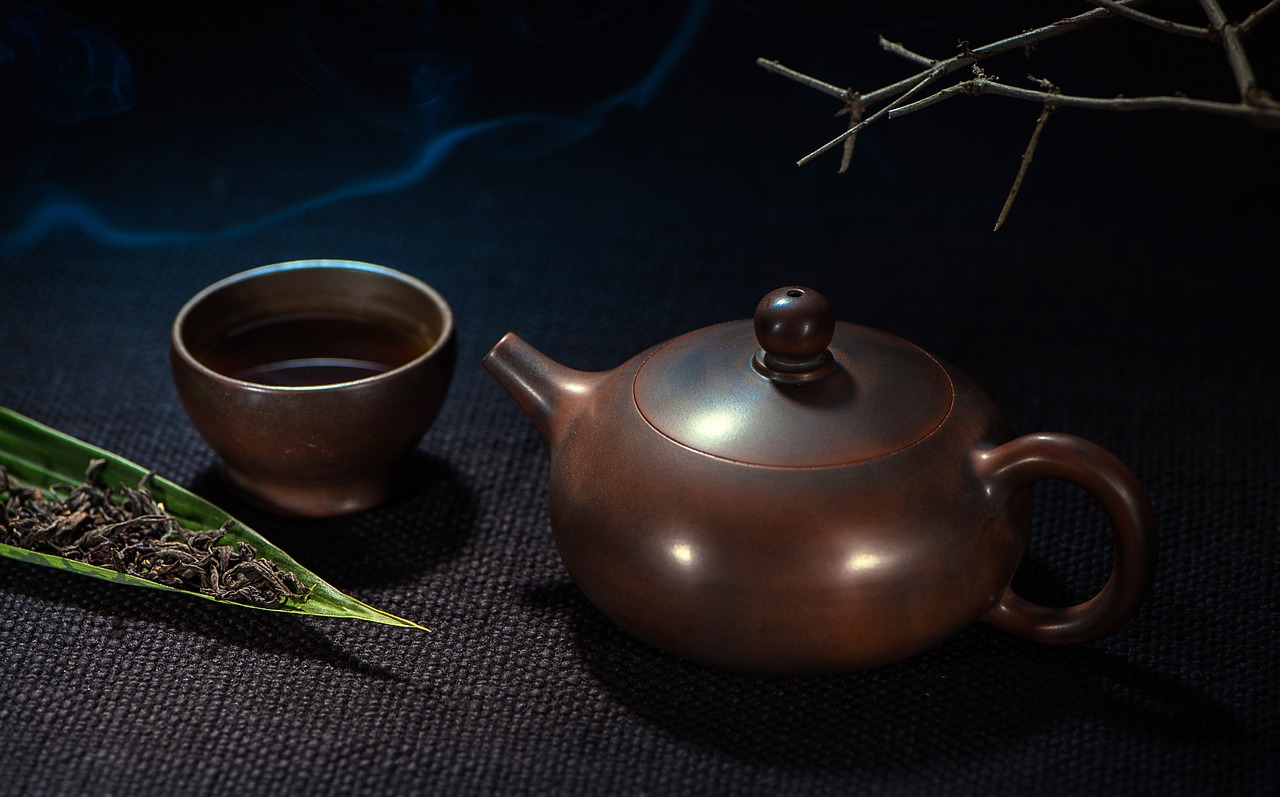
History of the Japanese Tea Ceremony
The Japanese tea ceremony, known as chanoyu or chado, is a time-honored tradition that embodies harmony, respect, purity, and tranquility. In this article, we will delve into the rich history and cultural significance of the Japanese tea ceremony, exploring its evolution, essential elements, etiquette, Zen influence, and modern adaptations.
The history of the Japanese tea ceremony dates back to the 9th century when tea was first introduced to Japan from China. Initially used for medicinal purposes, tea gradually transformed into a cultural practice that emphasized hospitality and mindfulness. It was during the 16th century that the tea ceremony as we know it today began to take shape, thanks to the efforts of tea masters such as Sen no Rikyu.
Sen no Rikyu played a pivotal role in popularizing the tea ceremony and refining its rituals, focusing on simplicity, humility, and the appreciation of beauty in everyday life. The tea ceremony became not just a social custom but a spiritual experience that fostered connections between host and guests.
The Japanese tea ceremony evolved over the centuries, blending indigenous traditions with Zen Buddhist principles to create a unique and profound cultural practice that continues to captivate people around the world.
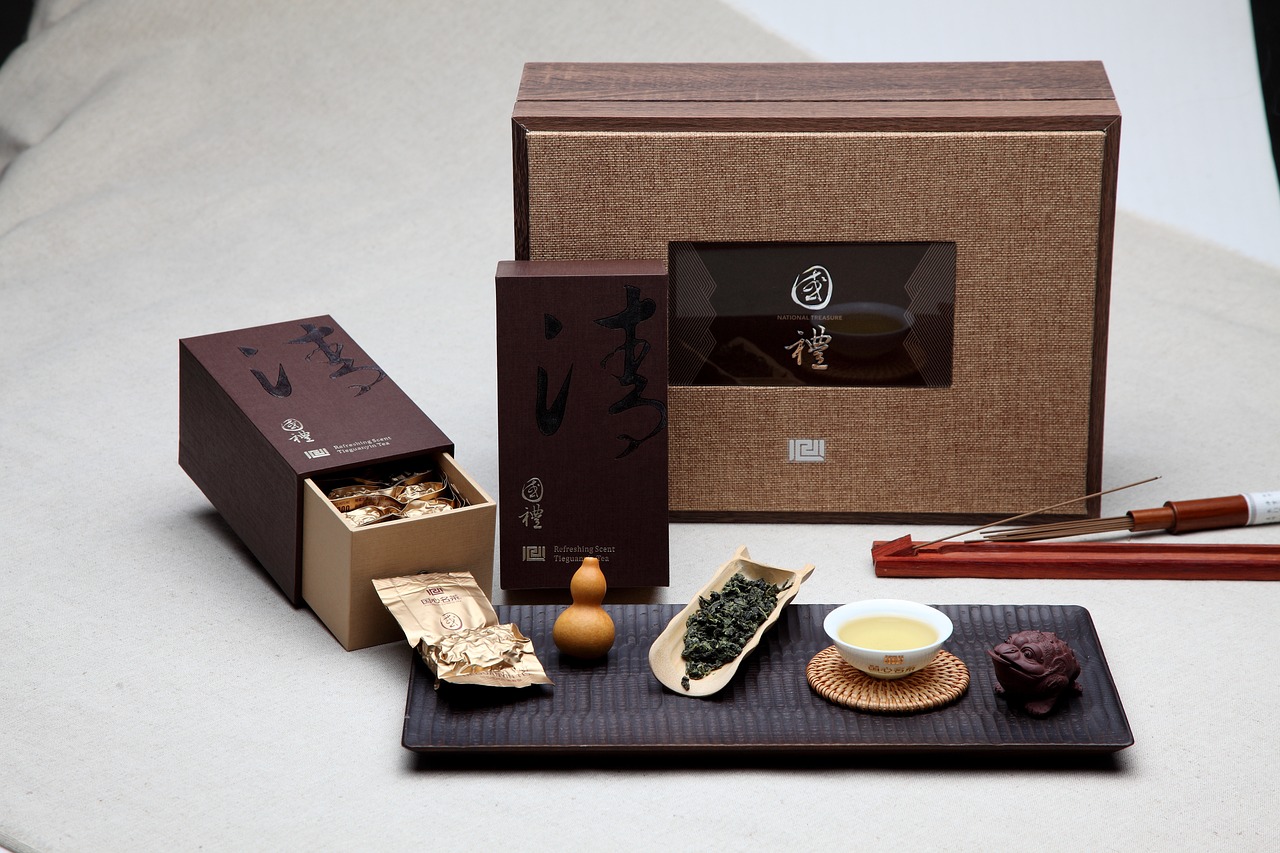
Elements of the Tea Ceremony
The Japanese tea ceremony, also known as chanoyu or chado, is a time-honored tradition that encompasses a rich tapestry of elements essential to its practice. Each component plays a crucial role in creating a harmonious and immersive experience for participants, reflecting the deep-rooted cultural significance of this revered ritual.
Central to the tea ceremony is the tea room, known as chashitsu, meticulously designed to evoke a sense of tranquility and simplicity. The layout of the room, the tatami mat flooring, and the tokonoma alcove where a scroll or flower arrangement is displayed all contribute to the serene ambiance essential for the ceremony.
Utensils used in the tea ceremony hold symbolic importance and are carefully chosen for their aesthetic and functional qualities. From the chawan (tea bowl) to the chasen (tea whisk) and chashaku (tea scoop), each utensil is handled with precision and respect, embodying the spirit of mindfulness and reverence central to the ceremony.
Various types of tea are prepared and served during the ceremony, with matcha, a finely ground powdered green tea, being the most commonly used. The preparation of matcha involves a series of intricate movements and precise measurements, culminating in the creation of a frothy and vibrant green tea that is both visually appealing and delectable.
The meticulous rituals observed during the tea ceremony are a testament to the dedication and discipline required to master this art form. From the precise hand movements used to whisk the tea to the respectful gestures of serving and receiving the tea, every action is imbued with meaning and significance, creating a profound sense of connection and harmony.
Understanding the elements of the Japanese tea ceremony provides insight into the depth of tradition and cultural heritage encapsulated within this timeless practice. It is through the careful orchestration of these elements that the beauty and essence of the ceremony are fully realized, offering participants a transformative and unforgettable experience.

Role of the Tea Master
The in the Japanese tea ceremony is pivotal, embodying the essence of precision, grace, and tradition. The tea master, known as "chajin" or "sado" in Japanese, is a highly respected figure who oversees the entire ceremony with meticulous attention to detail.
Traditionally, becoming a tea master requires years of dedicated training and apprenticeship under a master. This rigorous process not only hones the technical skills of preparing and serving tea but also instills a deep understanding of the cultural and philosophical aspects of the ceremony.
During the tea ceremony, the tea master is responsible for every aspect of the ritual, from preparing the tea and arranging the utensils to creating a harmonious atmosphere in the tea room. Their movements are deliberate and precise, symbolizing a deep connection to the moment and a profound respect for the guests.
The tea master's expertise extends beyond mere tea preparation; they are also expected to be knowledgeable about various tea types, utensils, and the history of the ceremony. Their role goes beyond serving tea; they act as a guide, leading guests through a meditative experience that transcends the simple act of drinking tea.
Furthermore, the tea master embodies the spirit of hospitality and humility, ensuring that each guest feels welcomed and valued. Through their actions and demeanor, they create a serene and contemplative environment where guests can appreciate the beauty of the moment and find inner peace.

Etiquette and Gestures
When participating in the Japanese tea ceremony, one must adhere to a set of intricate that have been passed down through generations. These customs play a crucial role in the ritual, emphasizing respect, mindfulness, and harmony.
One of the fundamental gestures observed during the tea ceremony is bowing. Bowing is a sign of respect and gratitude towards the host and other participants. It symbolizes humility and sets the tone for the ceremony, creating a sense of unity and mutual appreciation.
Another essential aspect of the tea ceremony etiquette is the handling of utensils. Utensils used in the ceremony are treated with great care and reverence. Participants must learn the proper way to hold and use each utensil, showcasing their respect for the tools integral to the tea-making process.
Proper tea-drinking etiquette is also paramount in the ceremony. Participants are expected to drink the tea in a specific manner, savoring each sip and expressing gratitude for the host's hospitality. The act of drinking tea becomes a meditative practice, allowing participants to fully appreciate the moment.
Throughout the ceremony, participants engage in subtle gestures that convey respect and attentiveness. From the way tea is poured to the way utensils are placed, every movement is deliberate and meaningful. These gestures reflect the core principles of the tea ceremony, fostering a sense of tranquility and connection.
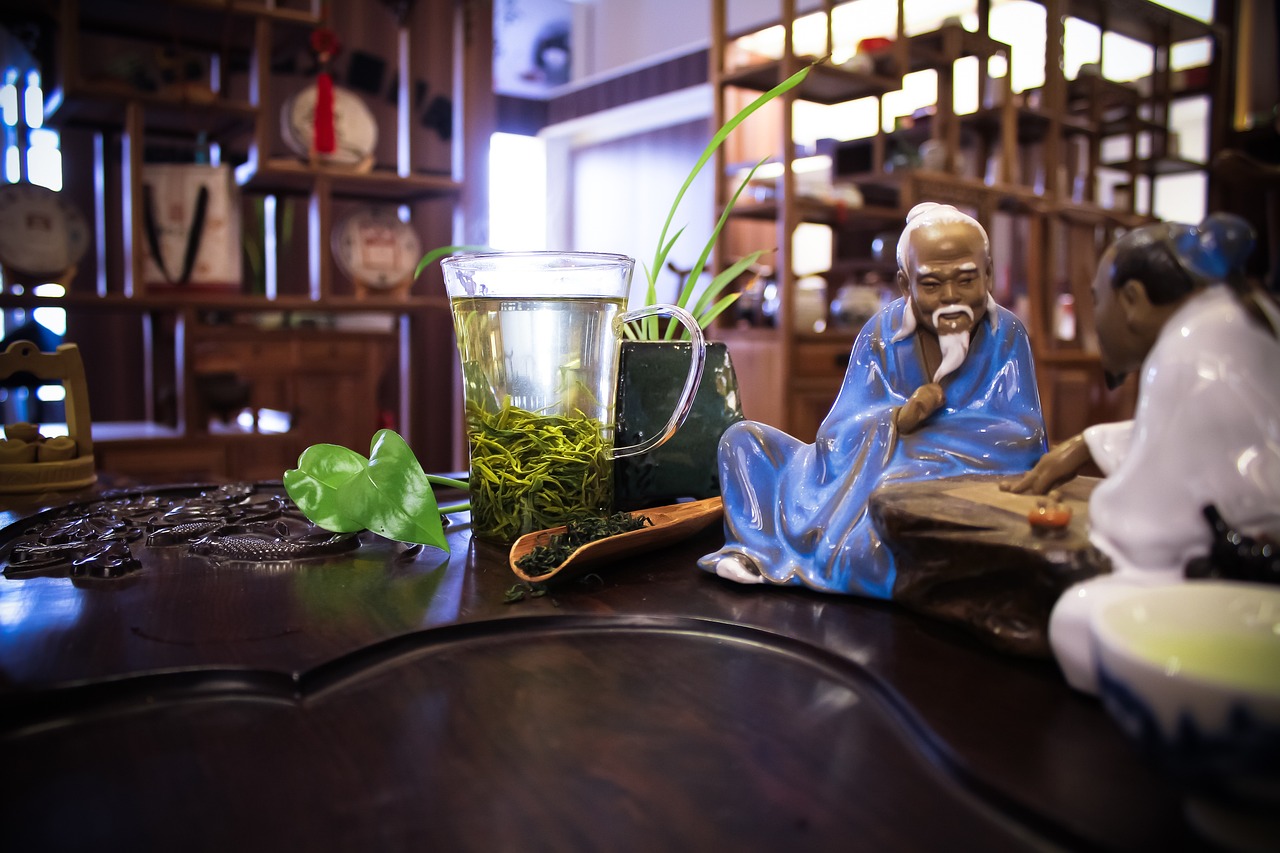
Tea Ceremony Garb
When participating in the Japanese tea ceremony, one cannot overlook the significance of the attire worn during this traditional ritual. The tea ceremony garb, consisting of the kimono and obi, plays a crucial role in enhancing the overall experience and setting the tone for the ceremony.
The kimono, a traditional Japanese garment, symbolizes elegance, respect, and cultural heritage. Its intricate designs and vibrant colors reflect the wearer's personality and the season in which the ceremony takes place. The kimono's long sleeves and flowing fabric embody grace and mindfulness, encouraging participants to move with deliberate and measured motions.
Complementing the kimono is the obi, a wide sash tied around the waist to secure the kimono in place. The obi not only adds a decorative touch to the attire but also serves a practical purpose by ensuring the kimono fits properly and stays in position throughout the ceremony. The intricate patterns and materials of the obi further emphasize the attention to detail and craftsmanship valued in the tea ceremony.
Together, the kimono and obi create a harmonious ensemble that reflects the solemnity and reverence of the tea ceremony. The attire's traditional elements, from the choice of fabric to the method of tying the obi, contribute to the overall aesthetic and authenticity of the experience.
Wearing the tea ceremony garb is not merely a formality but a way to embody the spirit of the ceremony and show respect for the centuries-old tradition. The attire's symbolism and cultural significance add depth and meaning to the ritual, elevating the participants' connection to the art of tea and the values it represents.
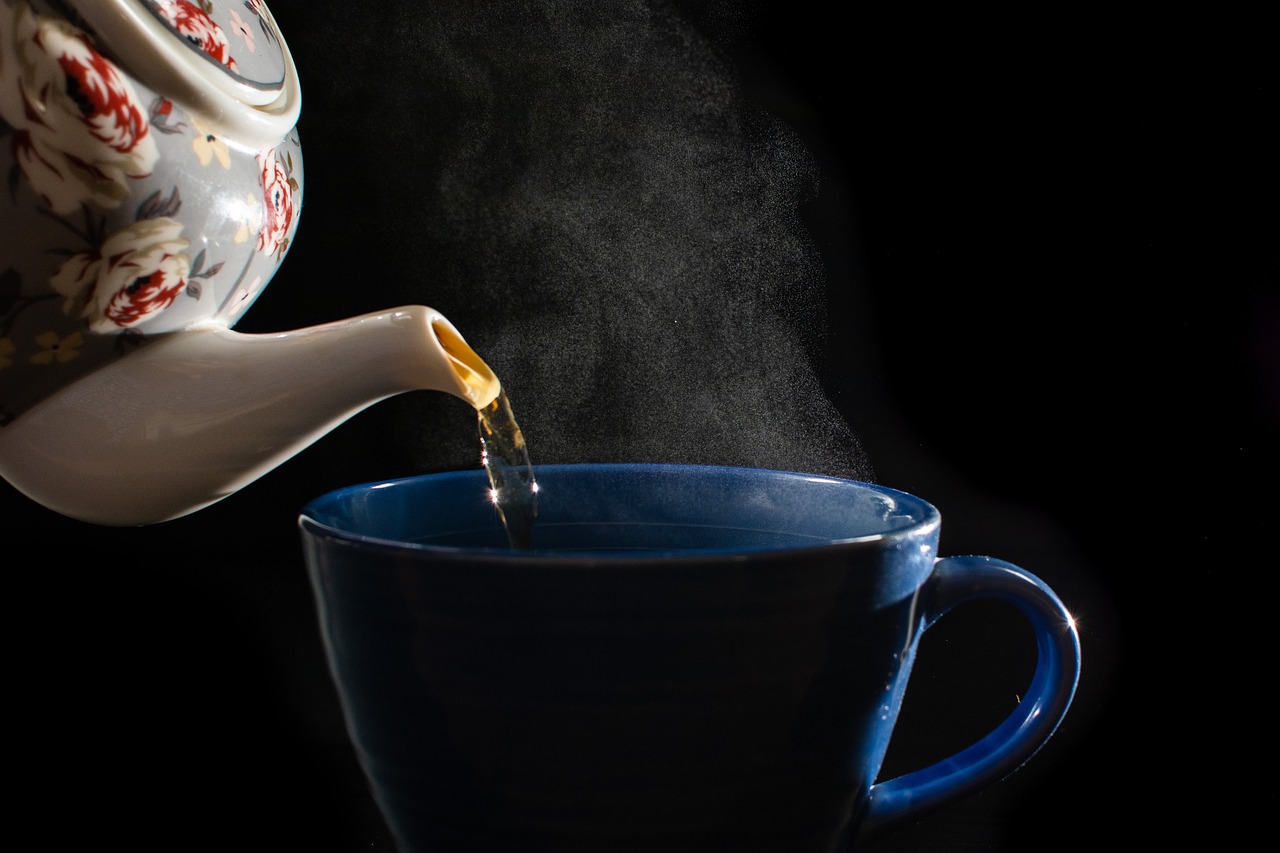
Zen Influence on the Ceremony
The Zen influence on the Japanese tea ceremony is profound, shaping its essence and guiding its practice. Zen Buddhism's core principles of mindfulness, simplicity, and the beauty of imperfection are intricately woven into every aspect of the ceremony, creating a harmonious and meditative experience for participants.
At the heart of Zen philosophy is the concept of being present in the moment, which is reflected in the meticulous rituals of the tea ceremony. Each movement, from the preparation of the tea to the serving of guests, is performed with utmost care and attention, encouraging mindfulness and focus on the present task at hand.
Furthermore, the emphasis on simplicity in Zen is mirrored in the minimalistic aesthetics of the tea room and utensils used in the ceremony. Every element is purposefully chosen to evoke a sense of tranquility and harmony, allowing participants to appreciate the beauty of the moment without distractions.
The concept of wabi-sabi, a key tenet of Zen philosophy, is also prominent in the tea ceremony. Wabi-sabi celebrates imperfection, impermanence, and the beauty of simplicity, encouraging participants to find beauty in the natural and unassuming aspects of life.
Overall, the Zen influence on the Japanese tea ceremony elevates it beyond a mere social ritual, transforming it into a spiritual practice that fosters inner peace, mindfulness, and a deep connection to the present moment.
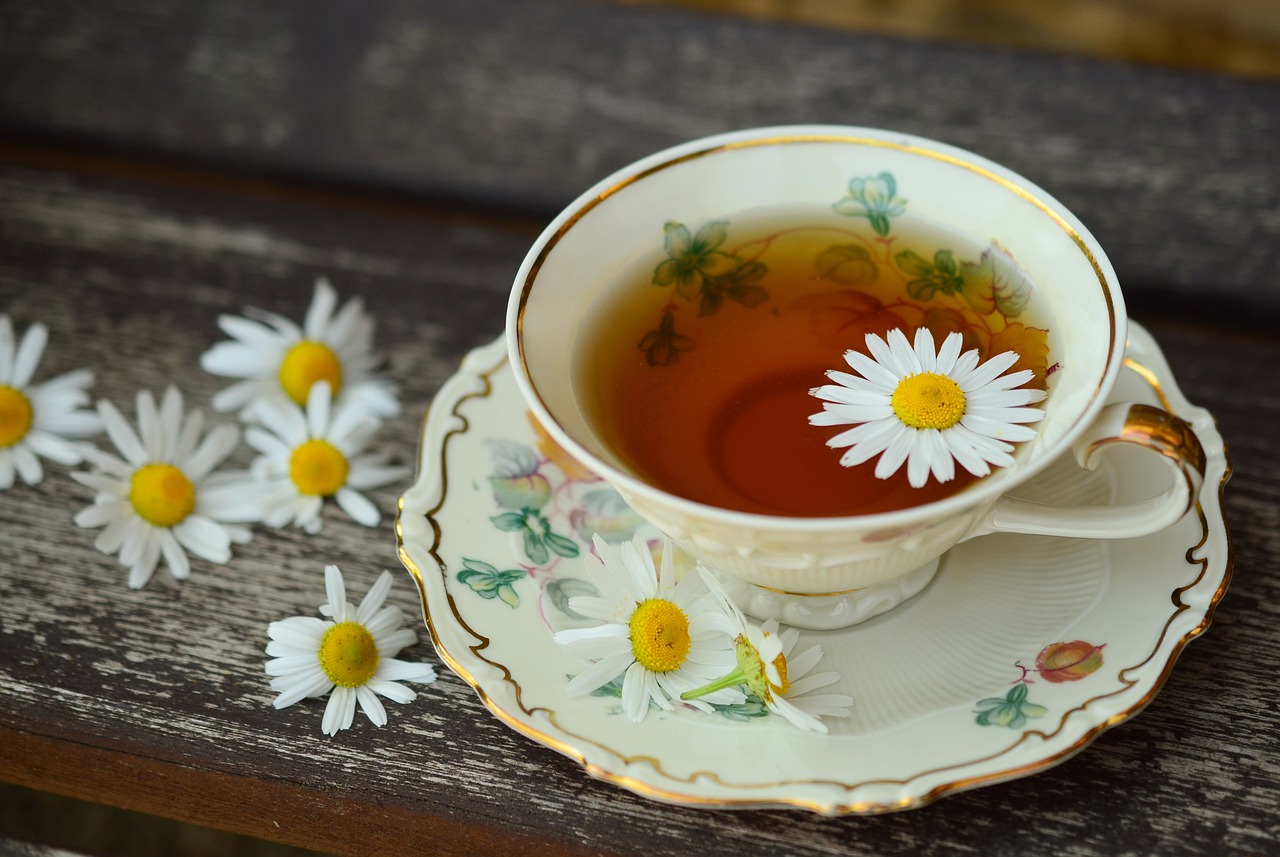
Wabi-Sabi Aesthetic
The in the Japanese tea ceremony embodies a philosophy that celebrates imperfection, impermanence, and the beauty of simplicity. Rooted in Zen Buddhism, wabi-sabi values authenticity and embraces the natural cycle of growth and decay. This aesthetic is reflected in every aspect of the tea ceremony, from the rustic tea bowls with irregular shapes and subtle glazes to the simple and unadorned tea room design.

Modern Adaptations and Tea Ceremony Today
In today's fast-paced world, the Japanese tea ceremony has not remained stagnant in tradition but has gracefully adapted to modern times. While still deeply rooted in its cultural heritage, the tea ceremony has found new ways to appeal to contemporary sensibilities. One notable adaptation is the inclusion of technology in the tea ceremony, with some tea masters incorporating digital elements into the ritual.
Moreover, the tea ceremony has expanded its reach beyond Japan's borders, gaining popularity worldwide. As a result, the traditional practice has undergone cultural fusion, blending with local customs and traditions in various countries. This global spread has not only preserved the essence of the tea ceremony but also enriched it with diverse influences.
Furthermore, the accessibility of the tea ceremony has increased, allowing more people to experience this ancient ritual. Tea ceremony workshops, classes, and demonstrations are now readily available, making it easier for individuals to learn about the art of tea preparation and the associated customs.
Despite these modern adaptations, the core principles of the Japanese tea ceremony remain unchanged. The emphasis on harmony, respect, purity, and tranquility continues to guide the practice, ensuring that its essence is preserved amidst contemporary innovations.

Global Spread of the Tea Ceremony
The has transcended borders and cultures, captivating tea enthusiasts worldwide with its rich history and profound cultural significance. From its humble origins in Japan to its widespread popularity across the globe, the Japanese tea ceremony has become a symbol of hospitality, harmony, and mindfulness.
As the practice of chanoyu continues to gain recognition internationally, tea lovers from diverse backgrounds are drawn to the serene ambiance and meticulous rituals of the ceremony. The art of preparing and serving tea with grace and humility has fostered a sense of unity and appreciation for traditional Japanese culture beyond Japan's shores.
Through cultural exchanges, workshops, and international events, the Japanese tea ceremony has found a place in the hearts of people from various countries, fostering connections and understanding through the shared experience of tea. The global spread of this ancient practice serves as a bridge between different cultures, promoting mutual respect and admiration for the beauty of tradition.
Tea enthusiasts around the world have embraced the philosophy and aesthetic of the tea ceremony, incorporating elements of mindfulness, simplicity, and respect into their own tea rituals. The principles of wabi-sabi – finding beauty in imperfection and transience – resonate with individuals seeking a deeper connection with nature and a more contemplative way of life.
Through the modern adaptations and interpretations of the tea ceremony, both in traditional tea houses and contemporary settings, the essence of this ancient practice continues to thrive and evolve. The global community of tea enthusiasts honors the legacy of the Japanese tea ceremony while infusing it with new perspectives and innovations, ensuring its enduring relevance in today's fast-paced world.
Frequently Asked Questions
- What is the significance of the Japanese tea ceremony?
The Japanese tea ceremony, known as chanoyu or chado, holds deep cultural and spiritual significance in Japanese society. It is a ritualistic practice that embodies harmony, respect, purity, and tranquility.
- What are the essential components of a traditional Japanese tea ceremony?
The key elements of a Japanese tea ceremony include the tea room (chashitsu), utensils (chadogu), tea types (matcha or powdered green tea), and the meticulous rituals involved in preparing and serving the tea.
- What is the role of the tea master in the tea ceremony?
The tea master plays a crucial role in conducting the ceremony with precision and grace. They undergo rigorous training to master the art of tea preparation and uphold the traditions of chanoyu.
- How is Zen philosophy reflected in the Japanese tea ceremony?
The Japanese tea ceremony is deeply influenced by Zen Buddhist principles, emphasizing mindfulness, simplicity, and the beauty of imperfection. The practice encourages participants to be present in the moment and appreciate the fleeting nature of life.
- Has the Japanese tea ceremony evolved in modern times?
While rooted in tradition, the Japanese tea ceremony has adapted to modern times, with variations in practice and attire. It continues to be a symbol of cultural heritage and is embraced globally for its meditative qualities and aesthetic appeal.

